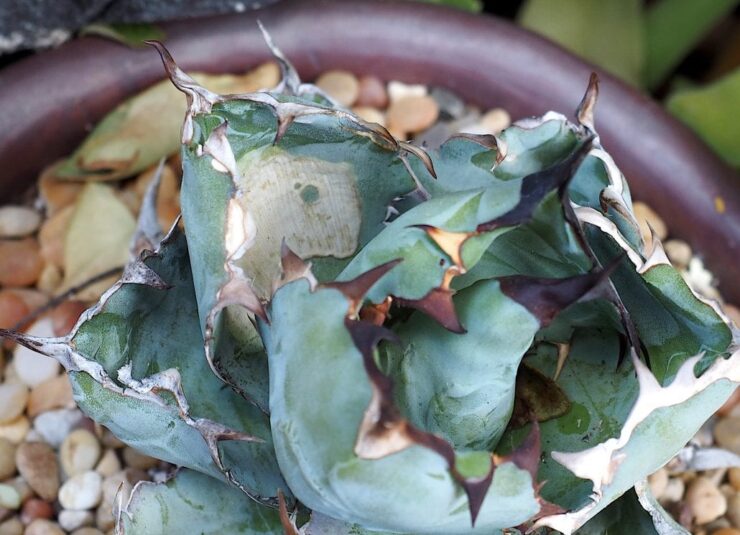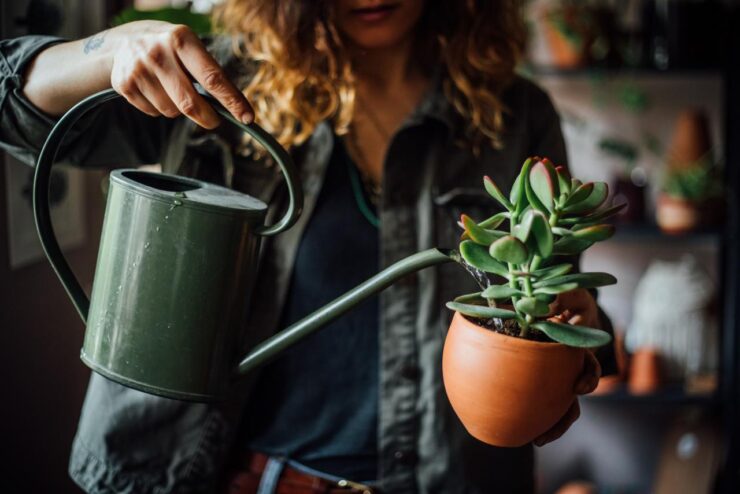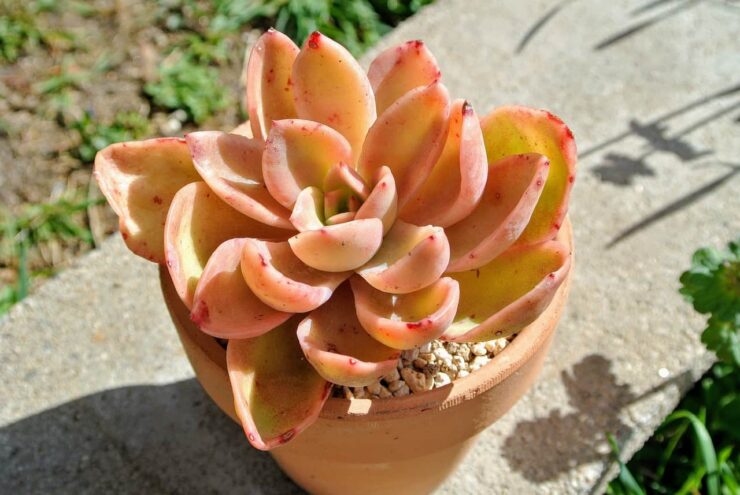Caring for a succulent is not as easy as many people believe it to be – neglect the plant for too long and it will be gone quicker than you can imagine.
Of course, one of the most crucial aspects of taking care of succulents is knowing the amount of sunlight your plant should be getting on a daily basis.
Should your cactus stay in the shade or does it thrive off direct sunlight? How do you know when it’s time to switch things up a bit?
In this article, we’ll answer both of these questions and more, so keep on reading to learn everything you need to know about keeping your favorite houseplant healthy and growing.
Edible Succulents
First of all, when we mention succulents, eating isn’t our first association. In fact, the first thing we think of is decoration plant that is perfect for our apartment. Yet, there is a large number of succulents that can end up in your plate. And they are really delicious. Here are the most popular ones which are used in the kitchen:
Prickly Pear
Dragon Fruit
Aloe Vera
Purslane
Saguaro Cactus
Barrel Cactus
Chalk Lettuce
Stone Crop
Banana Yucca
Sea Beans/Sea Asparagus
Too much heat can harm your succulents

Yes, most succulents are desert plants, and they generally love the sun. This, however, doesn’t mean they should be exposed to direct sunlight during a heatwave, especially not all day long. Too much heat can burn the plants, causing them discoloration and shriveling. Even though a desert is probably a much more hostile environment than your backyard, it doesn’t mean succulents can thrive anywhere. In their natural surroundings, they usually grow in places where there’s shade (coming from othe r plants or rocks), so you should try to provide these conditions as well.
All of this is especially important to know if you’re thinking about planting your cacti outdoors where it would be impossible to move them around as you please. If it’s already too late to reconsider where you’ll be planting them, you could always cover them with a shade cloth during the hottest hours of the day in order to protect them from too much sun exposure.
Your plants shouldn’t live in the dark either
All plants need sunlight to survive and succulents are obviously not any different. If they’re never getting any sunlight at all, they won’t be able to survive for too long. Even if you own the „sturdiest“ succulent species out there, they can’t grow properly without the sun, let alone thrive in such conditions.
The optimal amount of sunlight your succulent should be getting is anywhere between 3-5 hours, depending on the species. Make sure you do your research about the specific species you’re growing in order to get the best possible results. Not all succulents like the same things, so just because your cacti thrive living on your terrace, doesn’t mean your agave will too.
Whatever the case, ensure you’ve found the right balance between your plants getting enough sunlight and providing sufficient shade. If you’re not sure you’re doing things right, try experimenting a little until you start noticing changes in your plant. It’s the best way to ensure you’re providing it with optimal conditions to grow and thrive.
Water them according to the season

Your succulents will be exposed to more heat and light during the summer, so they’ll also need a bit more water to survive. Now, of course, this doesn’t mean you should be watering them every day either – overwatering your succulents is a certain way to make them start rotting. A good rule of thumb is to check the soil: if the top 1.5 inches are dry, it’s time to add some H2O.
Either way, don’t forget to water your plants during a heatwave. It’s the only way to ensure they don’t get sunburnt and dehydrated.
As we’ve mentioned before, all succulents are different and they require different treatment. Make sure you ask your supplier at the Succulent Market to help you determine the best „care routine“ for your plant.
Things to avoid during a heatwave

We’ve already established that succulents need sunlight to grow, but they shouldn’t be left without proper shade during extreme heat. So, to wrap things up, here are a couple of tips to keep your plant happy when temperatures reach extreme levels in your area.
First of all, you shouldn’t be re-potting your plants during a heatwave. It can leave it weak and vulnerable, which is not something you’d want when you’re trying to get it to survive the summer. Secondly, propagating is a big no-no during these types of conditions. Your plant requires energy to heal and regrow once you prune it, so it wouldn’t be strong enough to get through the heatwave.
Lastly, as we’ve mentioned before, don’t forget to change your watering routine during extreme shifts in temperature. Your plant will need more moisture to fend off the heat, so you’ll need to water it a tiny bit more often.
When to prepare succulents
Basically, there aren’t any rules as to when to prepare succulents. One of the most popular succulents that will end in your pan is the prickly pear and you can take it whenever you want! The best way to eat this pear is to peel it and eat it fresh or you can grill it for a slightly different flavor. This succulent contains vitamin C and beta-carotene that prevent inflammation and boost vision.
Another succulent that you can eat raw is the dragon fruit. The other option is to use the white part for smoothies or salads. Dragon fruit is really healthy as it can help you with your lack of iron. It also contains antioxidants!
The last example tha we want to provide is purslane. The stems and leaves of purslane are edible and can be eaten raw. Although it can be eaten raw, we suggest that you combine it with leafy greens or spinach because it does have a sour taste and the other foods will neutralize it a bit. The greatest thing about purslane is that it contains omega-3 fatty acids, Vitamin E and C. If you’re having trouble with your skin, adding purslane to your regular diet may turn things around.
The bottom line
As low-maintenance as cacti and other edible succulent plants are, they’re still living things that require proper care and attention to grow and survive. Getting enough sunlight while being protected from too much heat is crucial to their survival and growth. Don’t forget to add those succulents to your meals because, as you can see, they are quite healthy. With proper maintenance and sunlight exposure, you can have a nice addition in your kitchen as well as the plants that make your home more beautiful!
